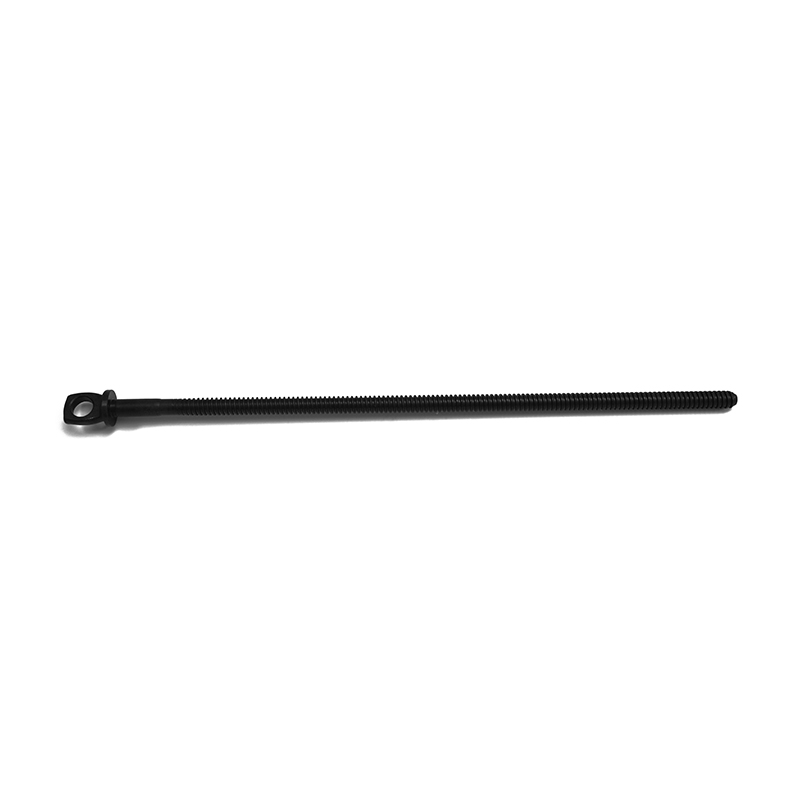Content
- 1 Understanding TR Thread Screws
- 2 Misconception 1: TR Thread Screws Are Only for Heavy-Duty Applications
- 3 Misconception 2: TR Thread Screws Are Too Expensive for Most Projects
- 4 Misconception 3: TR Thread Screws Are Difficult to Install and Require Specialized Tools
- 5 Misconception 4: TR Thread Screws Are Only Suitable for Specific Materials
- 6 Misconception 5: TR Thread Screws Are Not Durable in Harsh Environments
- 7 Real Benefits of TR Thread Screws
- 8 Conclusion: TR Thread Screws for Precision and Reliability
Understanding TR Thread Screws
TR thread screws are commonly used in a wide range of applications, from industrial machinery to precision devices. Despite their widespread use, there are still many misconceptions surrounding their design and performance. These myths can lead to confusion about their true advantages and potential drawbacks. In this article, we will address the most common misconceptions about TR thread screws and shed light on their actual benefits in terms of performance, strength, and efficiency.

Misconception 1: TR Thread Screws Are Only for Heavy-Duty Applications
One common misconception is that TR thread screws are only suited for heavy-duty applications. While it is true that TR thread screws are designed to handle high loads, their versatility allows them to be used in a variety of industries, including electronics, automotive, and aerospace. Their precision threading makes them ideal for applications that require exact and secure fastening, even in lighter-duty environments.
TR thread screws provide the right balance of strength and precision, making them a popular choice in situations that demand tight tolerances and consistent performance over time, regardless of the load.
Misconception 2: TR Thread Screws Are Too Expensive for Most Projects
Another misconception is that TR thread screws are too expensive for most projects. While high-quality TR thread screws may have a higher initial cost compared to standard screws, their long-term performance and reliability often make them a cost-effective solution. The benefits of using TR thread screws—such as fewer replacements, reduced maintenance, and improved fastening precision—can save money over time, especially in industries where downtime or failure is costly.
Furthermore, the ability of TR thread screws to maintain their performance in harsh environments, such as extreme temperatures and corrosive conditions, reduces the need for frequent replacements, making them a cost-effective choice in the long run.
Misconception 3: TR Thread Screws Are Difficult to Install and Require Specialized Tools
Some believe that TR thread screws require specialized tools or skills to install, making them difficult to work with. In reality, TR thread screws can be installed using standard tools like wrenches and screwdrivers, just like other threaded fasteners. The key difference is their precise threading, which ensures a secure fit and stable fastening without the need for complex or specialized installation equipment.
As with any screw, following the correct installation procedures and torque specifications is essential to ensure optimal performance. However, TR thread screws do not require specialized tools or complicated techniques, making them accessible and easy to use for most professionals.
Misconception 4: TR Thread Screws Are Only Suitable for Specific Materials
Another myth about TR thread screws is that they are only compatible with specific materials, such as metals or plastics. While certain materials may require specific thread profiles, TR thread screws are designed to provide a secure and reliable fastening across a wide range of materials, including metals, composites, and engineered plastics. This makes them highly adaptable for use in various industries, from automotive to medical device manufacturing.
The versatility of TR thread screws means that they can be used in applications involving different materials without compromising their performance, allowing for broader use across various industries and projects.
Misconception 5: TR Thread Screws Are Not Durable in Harsh Environments
One of the most pervasive myths about TR thread screws is that they cannot withstand harsh environmental conditions. This is far from the truth. TR thread screws are designed for durability and can perform exceptionally well in extreme environments, such as high temperatures, corrosive environments, and even underwater applications. When properly selected for the application and made from appropriate materials like stainless steel or titanium, TR thread screws are capable of enduring tough conditions without losing their performance or integrity.
Their resistance to wear, corrosion, and extreme conditions is one of the reasons they are preferred in industries like aerospace, automotive, and marine, where reliability in harsh environments is critical.
Real Benefits of TR Thread Screws
Now that we've debunked some common misconceptions, let's take a closer look at the real benefits that TR thread screws offer:
- High precision: TR thread screws are designed with tight tolerances, providing a secure and consistent fit that enhances overall performance and safety.
- Corrosion resistance: Made from materials like stainless steel, TR thread screws are resistant to corrosion, ensuring longevity in harsh environments.
- Durability: Their robust design makes TR thread screws ideal for heavy-duty applications, where long-term performance is essential.
- Versatility: TR thread screws can be used across a wide range of industries and materials, making them adaptable to diverse projects.
Conclusion: TR Thread Screws for Precision and Reliability
TR thread screws are a versatile and reliable fastener option for a wide range of applications, offering precision, durability, and resistance to harsh environments. While there are several misconceptions about their cost, installation, and material compatibility, the true benefits of TR thread screws make them an essential choice for ensuring strong, long-lasting connections in both industrial and high-precision environments. By understanding the real advantages of these screws, engineers and manufacturers can make more informed decisions when selecting the right fasteners for their projects.

 English
English 中文简体
中文简体 Español
Español русский
русский عربى
عربى








